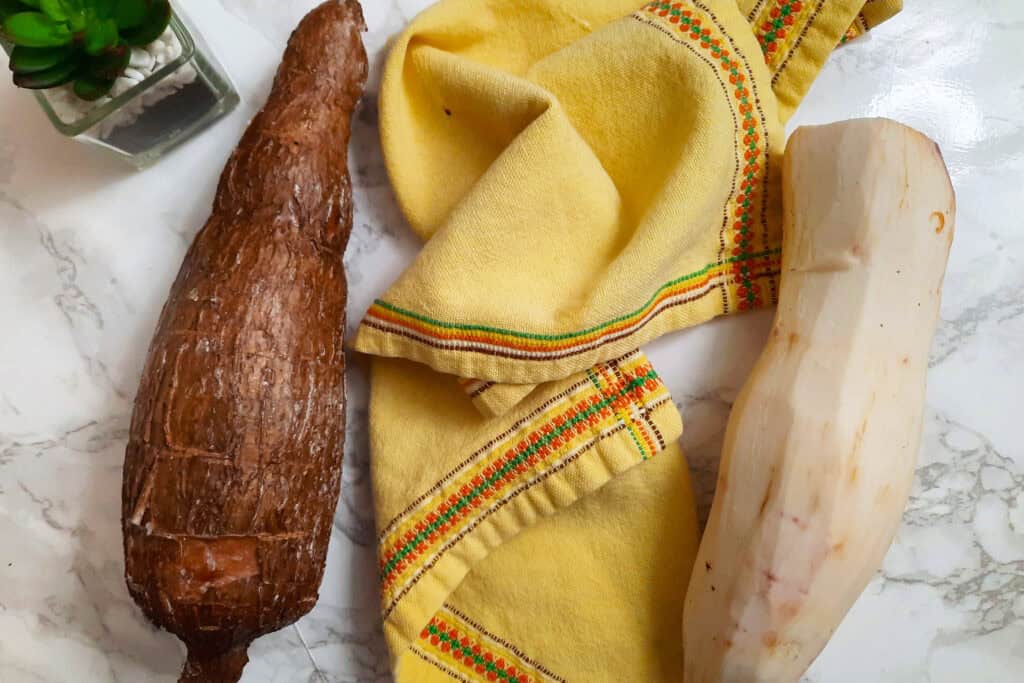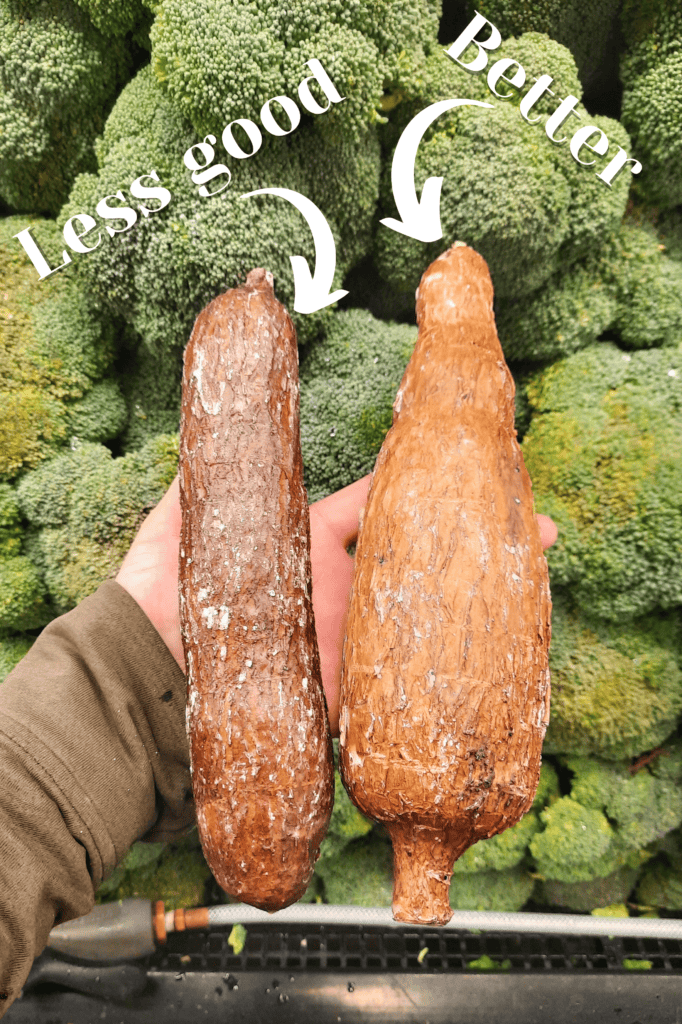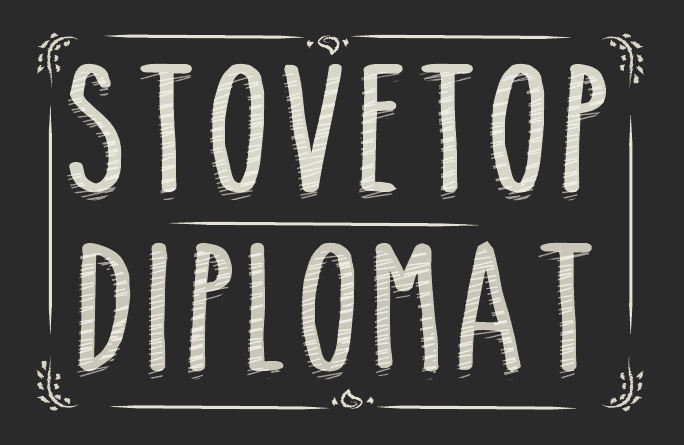What is yuca?
Yuca- another name for cassava- is a starchy tuber somewhat similar to a potato. It is a high calorie, high protein and high carbohydrate source of sustenance across much of South America, Africa and Asia. You may have run across cassava in American grocery stores sold as tapioca, or milled down into gluten-free cassava flour.
Let me also clarify what yuca isn’t: yuca is not the same as yucca, the desert plant that grows in the southwestern United States. They’re not even related. Isn’t that obnoxious? Yucca of the Mojave and Sonoran deserts is a largely ornamental plant with few practical uses. You could in theory eat the root, but almost all of the time if you’re seeing “yucca” at your grocery store it’s a typo; what you’re really getting is “yuca”.

How do you prepare yuca?
The most important thing to know is that the brown peel on the outside of the root is chock full of cyanide! Ingesting cyanide can and will cause dizziness, convulsions, vomiting and may be fatal. Therefore, you need to be sure to always peel your yuca root before cooking. There is some cyanide in the flesh as well, although this is removed through cooking. Cyanide can be deadly to both people and pets, so be sure to be mindful of prying hands when disposing of your peels! I do NOT recommend putting the peels down the garbage disposal if you have one; they’re too tough and fibrous and may cause damage. In fact, be sure to use your sturdiest potato peeler to get down under this resilient layer.
Underneath the brown peel, you may find a purplish layer of flesh. Do your best to remove this with your peeler as well. While not dangerous, this layer can separate and become reedy while boiling. It sucks to chew on and prevents your yuca from becoming consistently tender when frying or mashing.
Almost all yuca /cassava root recipes include a boiling step next. The flesh is very hard to digest without first being softened. Occasionally it is sliced extremely thin and fried, but beyond that, in my experience, it’s always boiled. This is true whether you plan to mash it or fry it in the end! Typically the root needs to boil for about 45 minutes, depending on size, to become fork-tender.
Where can I find yuca and how do I select the best roots?
I have the most consistent success finding yuca at Hispanic markets in my area. However, depending on your location, many major grocery stores sell it as well. Although it is grown throughout the year, here in Colorado I have spotty luck finding it. That said, I can pretty much always hunt some down it if I am willing to try more than one grocery chain. Across the country, Kroger, Safeway, Sprouts, Publix and Natural Grocers are all examples of places I have been able to find yuca at one time or another.
You can also occasionally find yuca in the frozen section, most notably at Publix. This yuca has usually been parboiled and is ready to use right out of the freezer. It’s definitely convenient but can be expensive. The good news? It’s super simple to prepare and freeze your own cassava root. Head to the next section for more info on that!
Yuca has a long shelf life so selecting good roots is easy. Look for pieces that are hard with a rich brown, and somewhat waxy, peel. The best pieces are the fatter and more bulbous pieces. The long skinny ones often cook up reedy and tough after boiling. You can see a comparison of two cassava roots below. I select pieces that are approximately 1.5 lbs. Another thing to examine is the tapered ends of each root. If they are soft and bendy, your cassava roots are old – just like sweet potatoes.

How do you freeze yuca?
If I am taking the time to deal with one yuca root for a recipe, I almost always prepare one or two more for the freezer. It takes almost no extra time and it freezes beautifully! Here’s what you do:
-
Bring a large pot of salted water to a boil.
-
Using your sturdiest potato peeler, peel each yucca root.
-
Cut each root into 2-3 large chunks and boil for about 45 minutes, or until fork tender and chunks are beginning to separate from the middle.
-
Remove from water and let cool completely. Once cooled, break into smaller pieces if necessary and arrange in a single layer on a baking sheet. Freeze until solid, rotating occasionally to keep from sticking.
-
Once frozen, they can be placed together in a large freezer-safe bag. Feel free to fry them directly from frozen!
Once your freezer is stocked with prepared yuca, what can you do with it? I often enjoy it in the same way I would potatoes. For breakfast, I fry some as a side dish unto themselves, or as a base for a hash or breakfast burrito. Crispy pieces are also great served along burgers or sandwiches, like French fries. If defrosted, it can be mashed like you would mashed potatoes or cauliflower and served as a side dish. Try with a little Cuban mojo sauce or just a simple gravy!
